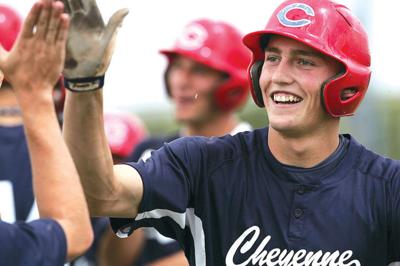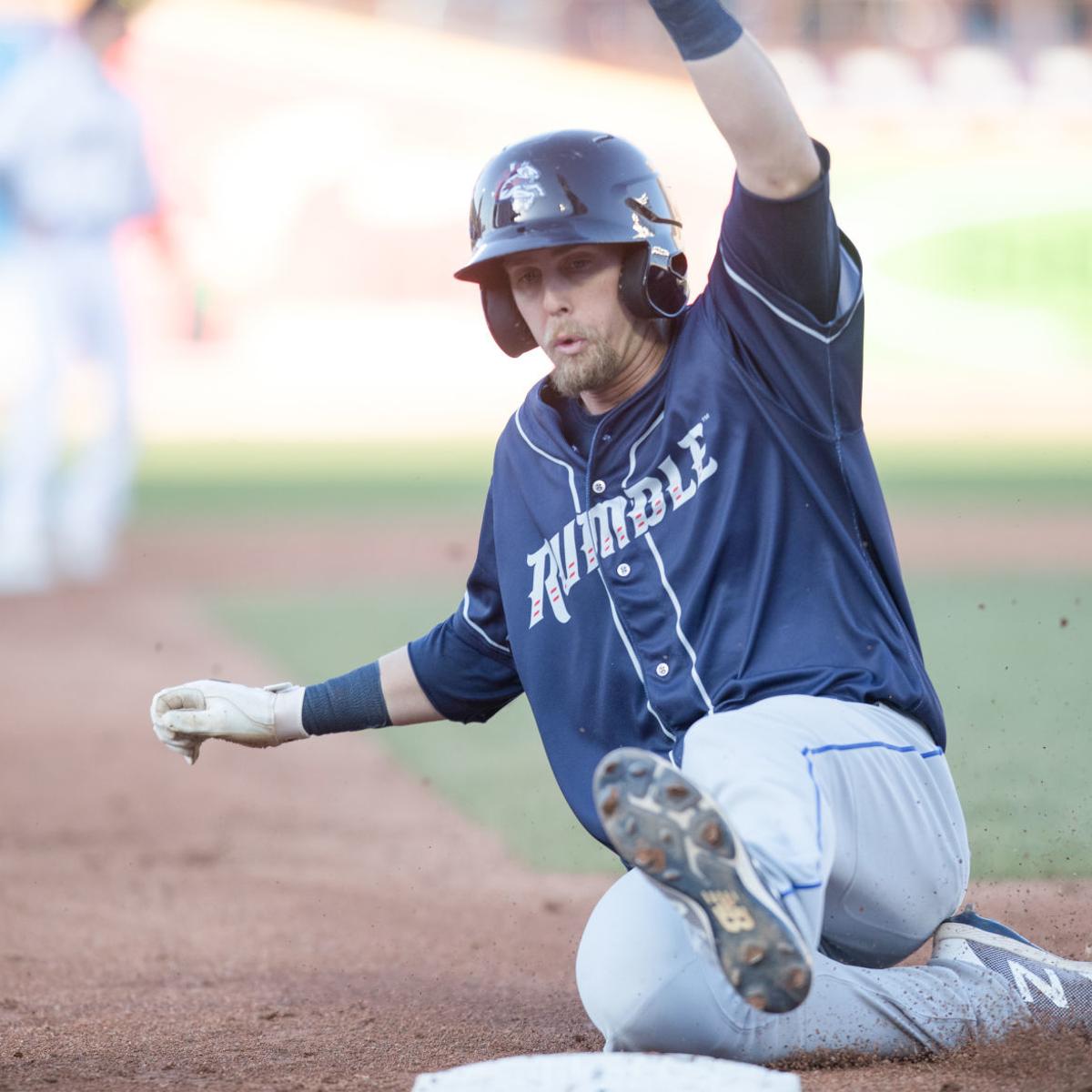This past week the NFL held its annual draft of players remotely rather than in the fan-packed endeavor with a mountain of media and team supporters making it into a multi-day party. No, the coronavirus has certainly changed things but a great verisimilitude was revealed as well. Throughout the entire process many of the usual feelings evolved about how and why teams selected various players. Some were looking to fill specific needs, some were taking the best player available regardless of position and some were just taking long shot flyers on folks without much pedigree who they hoped would catch a spark and make the gambling scout into some kind of genius.
I bring up the topic because now we’re starting to have the same type of speculative thinking about the baseball draft. With the restrictions on gatherings and the loss of seasons making the annual evaluation of prospective new ballplayers hypothetical at best, it leads a great many of us into analyzing the future of the New York Mets.
Just as the NFL goes to great lengths to ascertain who would be the best fit for their teams, the baseball management hierarchy goes through the same exercise for their own future success. What is interesting to me is that everyone on the draft list is a superstar-in-the-making, yet when you watch the progression of players in the draft it’s clear that success in high school or college is not a red carpet to the big leagues.
What’s interesting to me over the past many years of Wilpon-run decision making is that the Mets are seemingly always looking at either pitchers or fringe type hitters without the huge compilation of statistics that suggest they are the right fit for major league success. Think back, for example, to the selection of Brandon Nimmo with a number one draft choice that was greeted by fan and media derision based upon his limited career in Cheyenne, Wyoming. Now in that case it appears former GM Sandy Alderson got the gold star for picking someone who has shown he can play in the majors, though staying healthy has been a big problem.
Others often hurry to point out players like Michael Conforto and Pete Alonso and Jeff McNeil as success of the Mets drafting process. Alonso surely exceeded everyone’s expectations as a rookie and GM Brodie Van Wagenen surprised many by allowing him to start the season on the big league team instead of manipulating his service time. All of the sudden when you hit 53 HRs no one seems to care about your defense anymore. Conforto has also had some health issues but he’s slowly put together a steadily increasing streak of effectiveness.
Jeff McNeil, however, is the real story here. He was a singles and doubles hitter in the minors, playing in the infield and wasn’t even considered a major talent. He was a 12th round draft selection in 2013 and immediately made an impact as a hitter. He was a .311 bat for seven minor league seasons before making his major league debut. What’s interesting is that he hit for a higher average and significantly higher power while playing all around the field for the big club. In fact, he’s hit as many home runs in two years in the majors as he did in seven years in the minors.
Now think about the difference between him and Pete Alonso. As a top draft pick Alonso progressed up the minor league system in parts of just three years despite having shown only potential for stardom in the minors. McNeil didn’t have that draft heritage and was unable to progress at a more aggressive pace as an at-best effective utility infielder.
The same thing happens with pitchers. The top draft picks get promoted no matter how well or poorly they do. The lesser picks can turn in brilliant performances and not even get to the 40-man roster. Matt Blackham is a great example of someone who has excelled throughout his minor league career he has a 21-9 record, a 2.38 ERA and 284 strikeouts in 211 innings pitched, yet the Mets booted him from the 40-man roster spot he once held. Granted, he’s not a hulking, musclebound hard thrower like Noah Syndergaard, but despite his more modest size you can’t argue with results.
As the Mets approach the draft it appears that they always put an undue emphasis on pitching with almost no effort into hitting. There are always folks in the Dominican leagues or rookie leagues who seem promising, but when they get all the way up to AA and AAA the picking usually gets mighty slim. Hitting a baseball is an amazingly difficult feat when Hall of Fame success means failing in your job up to 70% of the time.
Everyone looks good on paper and on their slickly produced videos. I just hope that second year GM Brodie Van Wagenen can help emphasize the need for the best available players, not just wild, hard throwing pitchers.





Reese, Lots of good points. So many minor league players never get the chance to prove their stuff in the Majors. I am glad that Jeff McNeil did get th chance though he never made any top prospect lists though he always hit over .300 in the minors.
ReplyDeleteNobody's perfect. We've all flubbed on some minor leaguers who we thought wouldn't make it just as we've all gone to the mat for some who got the shot and couldn't ascend to that next level.
ReplyDeleteMcNeil I got excited about when he bulked up in the minors - then he got a hernia and hip issue that caused him to lose a lot of time and I thought the bulk up was a failure - but it wasn't. The extra 30 pounds over his draft weight took him from a potential Dave Magadan type to something more elite.
ReplyDeleteGreat pick on McNeil.
Conforto has done reasonably well for where he got drafted. Immense power, not as consistently as Pete, but he has POP.
Nimmo shocked me - trashed as a draft choice, slow climb thru the minors, looking about as likely to have success as Gavin Cecchini, and then...voila! Nimmo becomes one of the top OBP men in the major leagues. If he stays healthy, as good a pick as Conforto potentially.
Cecchini? Big mistake. From day 1. Not much to say there.
With Blackham, time will tell - hard to believe, in 2019 when the bullpen was a turnstile, that if they thought he could be successful, that he wouldn't have been called up. But may 2020 is his break through year. He lost a lot of time to TJS. TJS quarantines pitchers for 1-2 seasons.